It has been a long time and new coins enter daily!
For new people coming into the crypto space, all these coins and platforms can be really overwhelming. This list summarizes the TOP 50 coins, sorted by market cap, to give an overview of projects they can read up on before investing.
- Bitcoin: BTC was the first decentralized cryptocurrency, originally described in 2008 in a whitepaper by (allegedly) Satoshi Nakamoto.
- Ethereum: Ethereum is a decentralized open-source blockchain system that has its own currency ETH. The blockchain works as a platform for numerous other cryptocurrencies, as well as decentralized smart contracts.
- Cardano: ADA is a proof-of-stake blockchain platform that says its goal is to allow “changemakers, innovators and visionaries” to bring about positive global change.
- Binance Coin: BNB, Binance is a unique ecosystem of decentralized, blockchain-based networks. The company has grown to be the leading crypto exchange in a number of countries, and their side organizations are attracting significant interest as well. BNB is the native token of Binance and is used for transaction fees on the platform.
- Tether: USDT is a stablecoin (stable-value cryptocurrency) that mirrors the price of the U.S. dollar, issued by a Hong Kong-based company Tether.
- Ripple: XRP is the currency that runs on a digital payment platform called RippleNet, which is on top of a distributed ledger database called XRP Ledger. It has a lot of troubles with the SEC.
- Dogecoin: DOGE is based on the popular "doge" Internet meme and features a Shiba Inu on its logo. Although it was originally intended as a meme, it has been pumped by popular figures like Elon Musk.
- USD Coin: USDC is a stablecoin that is pegged to the U.S. dollar on a 1:1 basis. Every unit of this cryptocurrency in circulation is backed up by $1 that is held in reserve, in a mix of cash and short-term U.S. Treasury bonds.
- Polkadot: DOT is an open-source sharding multichain protocol that facilitates the cross-chain transfer of any data or asset types, not just tokens, thereby making a wide range of blockchains interoperable with each other.
- Solana: SOL is a highly functional open source project that banks on blockchain technology’s permissionless nature to provide decentralized finance (DeFi) solutions.
- Uniswap: UNI is a popular decentralized trading protocol, known for its role in facilitating automated trading of decentralized finance (DeFi) tokens.
- Bitcoin Cash: BCH is a peer-to-peer electronic cash system that aims to become sound global money with fast payments, micro fees, privacy, and high transaction capacity (big blocks).
- Terra: LUNA is a blockchain protocol that uses fiat-pegged stablecoins to power price-stable global payments systems. According to its white paper, Terra combines the price stability and wide adoption of fiat currencies with the censorship-resistance of Bitcoin (BTC) and offers fast and affordable settlements.
- Chainlink: LINK is a blockchain abstraction layer that enables universally connected smart contracts. Through a decentralized oracle network, Chainlink allows blockchains to securely interact with external data feeds, events and payment methods, providing the critical off-chain information needed by complex smart contracts to become the dominant form of digital agreement.
- Binance USD: BUSD is a 1:1 USD-backed stable coin issued by Binance (in partnership with Paxos), Approved and regulated by the New York State Department of Financial Services (NYDFS)
- Litecoin: LTC is a cryptocurrency that was designed to provide fast, secure and low-cost payments by leveraging the unique properties of blockchain technology.
- Internet Computer: ICP is the world’s first blockchain that runs at web speed with unbounded capacity. It also represents the third major blockchain innovation, a blockchain computer that scales smart contract computation and data, runs them at web speed, processes and stores data efficiently, and provides powerful software frameworks to developers.
- Polygon: MATIC is the first well-structured, easy-to-use platform for Ethereum scaling and infrastructure development. Its core component is Polygon SDK, a modular, flexible framework that supports building multiple types of applications.
- Wrapped Bitcoin: WBTC is a tokenized version of Bitcoin (BTC) that runs on the Ethereum (ETH) blockchain.
- Stellar: XLM is an open network that allows money to be moved and stored. The network’s native token, lumens, serves as a bridge that makes it less expensive to trade assets across borders.
- Ethereum Classic: ETC is a hard fork of Ethereum (ETH) that launched in July 2016. Its main function is as a smart contract network, with the ability to host and support decentralized applications (DApps). Its native token is ETC.
- VeChain: VET is a blockchain-powered supply chain platform. VeChain aims to use distributed governance and Internet of Things (IoT) technology to create an ecosystem which solves some of the major problems with supply chain management.
- Theta: THETA is a blockchain powered network purpose-built for video streaming. Launched in March 2019, the Theta mainnet operates as a decentralized network in which users share bandwidth and computing resources on a peer-to-peer (P2P) basis.
- Filecoin: FIL is a decentralized storage system that aims to “store humanity’s most important information.”
- TRON: TRX is a blockchain-based operating system that aims to ensure this technology is suitable for daily use. Whereas Bitcoin can handle up to six transactions per second, and Ethereum up to 25, TRON claims that its network has capacity for 2,000 TPS.
- Avalanche: AVAX is an umbrella platform for launching decentralized finance (DeFi) applications, financial assets, trading and other services.
- Dai: DAI is an Ethereum-based stablecoin (stable-price cryptocurrency) whose issuance and development is managed by the Maker Protocol and the MakerDAO decentralized autonomous organization.
- Aave: AAVE is a decentralized finance protocol that allows people to lend and borrow crypto.
- EOS: EOS is a platform that’s designed to allow developers to build decentralized apps (otherwise known as DApps for short.)
- The Graph: GRT is an indexing protocol for querying data for networks like Ethereum and IPFS, powering many applications in both DeFi and the broader Web3 ecosystem.
- FTX: FTT is the native cryptocurrency token of the crypto derivatives trading platform FTX .
- Monero: XMR was launched in 2014, and its goal is simple: to allow transactions to take place privately and with anonymity.
- Klaytn: KLAY is a public blockchain platform providing an accessible user experience and development environment in order to convey the value of blockchain technology.
- PancakeSwap: CAKE is an automated market maker (AMM) — a decentralized finance (DeFi) application that allows users to exchange tokens, providing liquidity via farming and earning fees in return.
- Axie Infinity: AXS is a blockchain-based trading and battling game that is partially owned and operated by its players.
- Cosmos: ATOM aims to offer an antidote to “slow, expensive, unscalable and environmentally harmful” proof-of-work protocols, like those used by Bitcoin, by offering an ecosystem of connected blockchains.
- Neo: NEO bills itself as a “rapidly growing and developing” ecosystem that has the goal of becoming the foundation for the next generation of the internet — a new economy where digitized payments, identities and assets come together.
- Crypto.com Coin: CRO is the native cryptocurrency token of Crypto.com Chain — a decentralized, open-source blockchain developed by the Crypto.com payment, trading and financial services company.
- Maker: MKR is the governance token of the MakerDAO and Maker Protocol — respectively a decentralized organization and a software platform, both based on the Ethereum blockchain — that allows users to issue and manage the DAI stablecoin.
- Bitcoin BEP2: BTCB is a token on the Binance Chain. Each BTCB is 100% backed by a BTC reserve, with the price pegged to Bitcoin at a rate of 1 BTCB = 1 BTC.
- Algorand: ALGO is a self-sustaining, decentralized, blockchain-based network that supports a wide range of applications. These systems are secure, scalable and efficient, all critical properties for effective applications in the real world.
- SHIBA INU: SHIB, once upon a time, there was a very special dog. That dog was a shiba inu, and this dog inspired millions of people around the world to invest money into tokens with the dog’s image on it. A memecoin at its finest.
- Tezos: XTZ is a blockchain network that’s based on smart contracts, in a way that’s not too dissimilar to Ethereum. However, there’s a big difference: Tezos aims to offer infrastructure that is more advanced — meaning it can evolve and improve over time without there ever being a danger of a hard fork.
- Bitcoin SV: BSV main aims include delivering stability and achieving scalability, something that the original BTC blockchain has struggled to achieve.
- IOTA: MIOTA is a distributed ledger with one big difference: it isn’t actually a blockchain. Instead, its proprietary technology is known as Tangle, a system of nodes that confirm transactions. The foundation behind this platform says this offers far greater speeds than conventional blockchains — and an ideal footprint for the ever-expanding Internet of Things ecosystem.
- Elrond: EGLD is a blockchain protocol that seeks to offer extremely fast transaction speeds by using sharding. The project describes itself as a technology ecosystem for the new internet, which includes fintech, decentralized finance and the Internet of Things. Its smart contracts execution platform is reportedly capable of 15,000 transactions per second, six-second latency and a $0.001 transaction cost.
- BitTorrent: BTT is a popular peer-to-peer (P2P) file sharing and torrent platform which has become increasingly decentralized in recent years.
- UNUS SED LEO: LEO is a utility token that’s used across the iFinex ecosystem. The unusual name is based on a Latin citation from one of Aesop’s fables.
- Kusama: KSM, self-described as "Polkadot's wild cousin," Kusama is an experimental blockchain platform that is designed to provide a massively interoperable and scalable framework for developers.
Waves: WAVES is a multi-purpose blockchain platform which supports various use cases including decentralized applications (DApps) and smart contracts.
If this list helps atleast 1 new person, im happy!
[link] [comments]

You can get bonuses upto $100 FREE BONUS when you:
💰 Install these recommended apps:
💲 SocialGood - 100% Crypto Back on Everyday Shopping
💲 xPortal - The DeFi For The Next Billion
💲 CryptoTab Browser - Lightweight, fast, and ready to mine!
💰 Register on these recommended exchanges:
🟡 Binance🟡 Bitfinex🟡 Bitmart🟡 Bittrex🟡 Bitget
🟡 CoinEx🟡 Crypto.com🟡 Gate.io🟡 Huobi🟡 Kucoin.

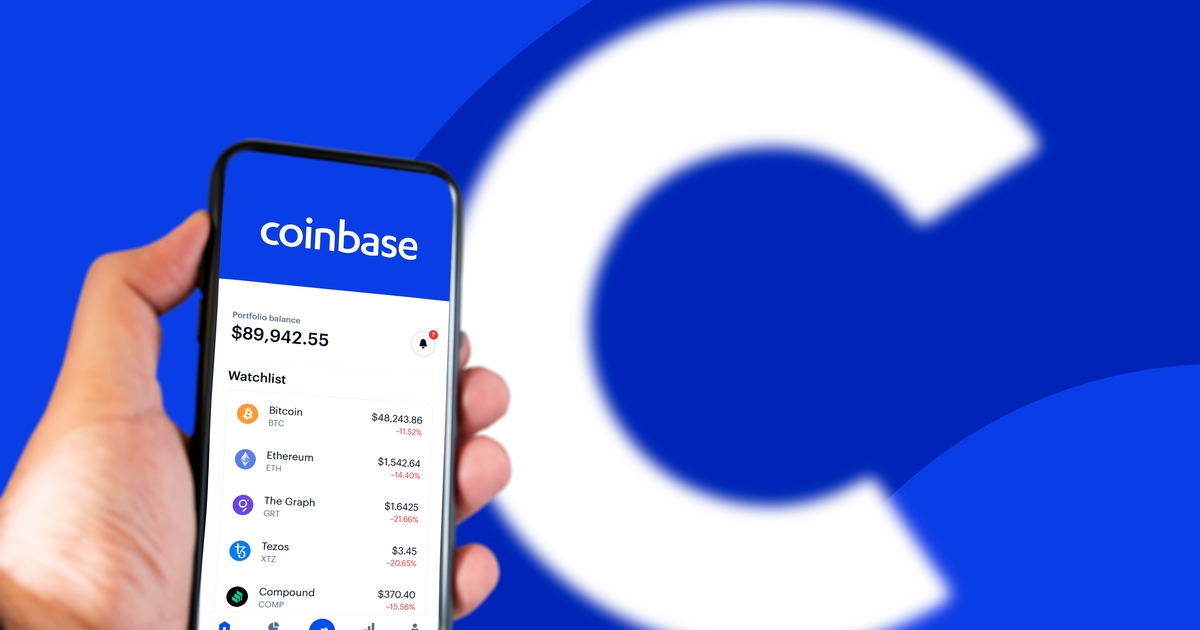
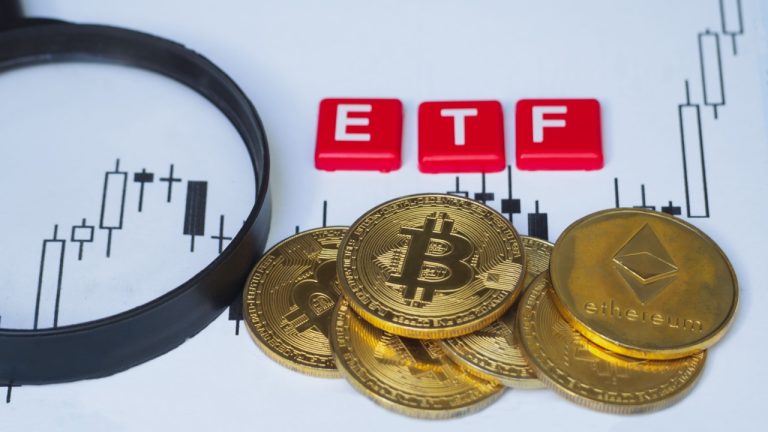


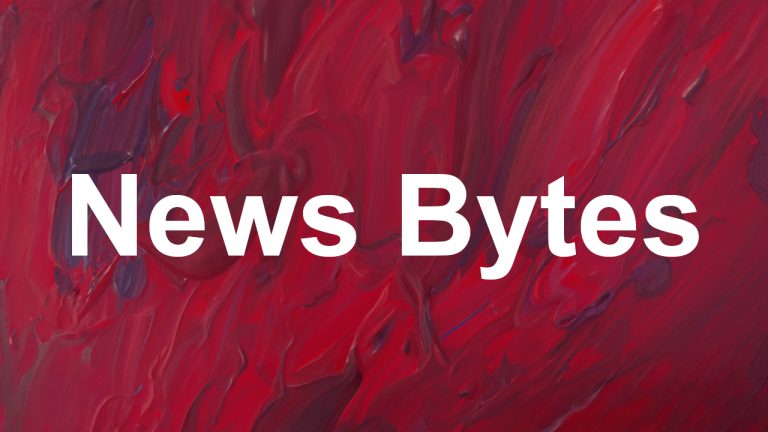


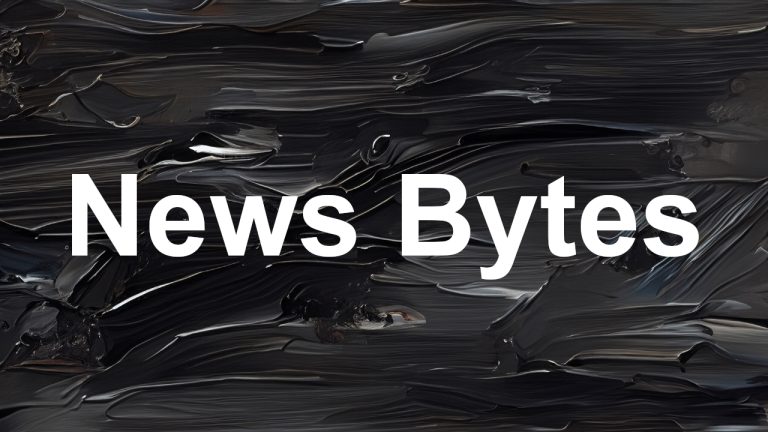
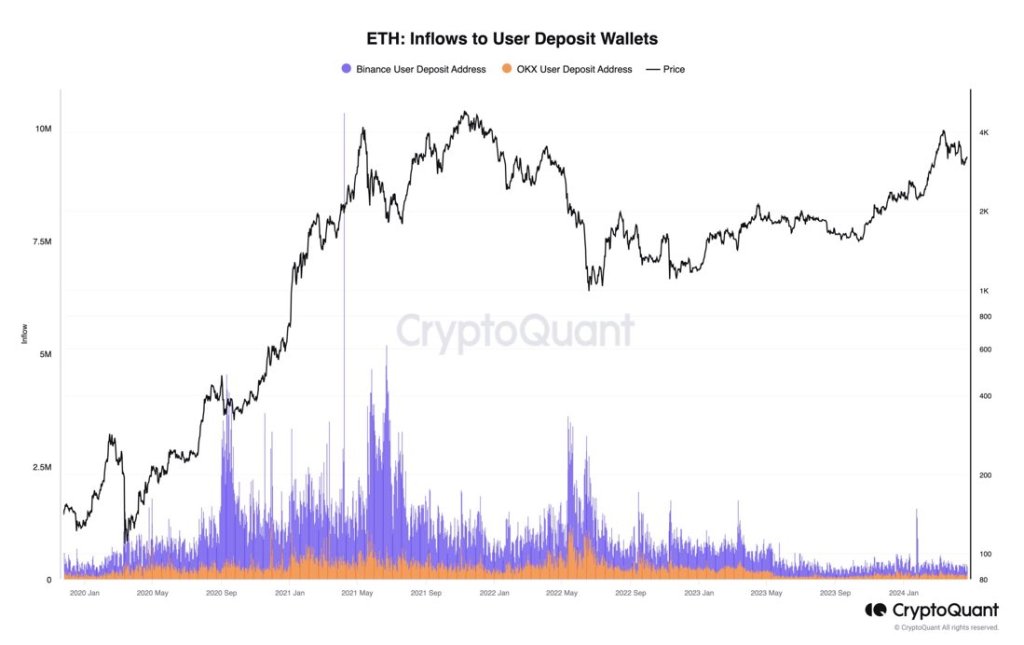
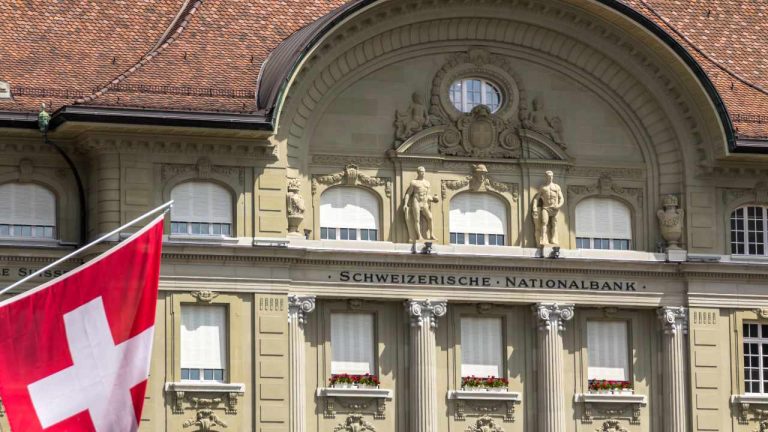

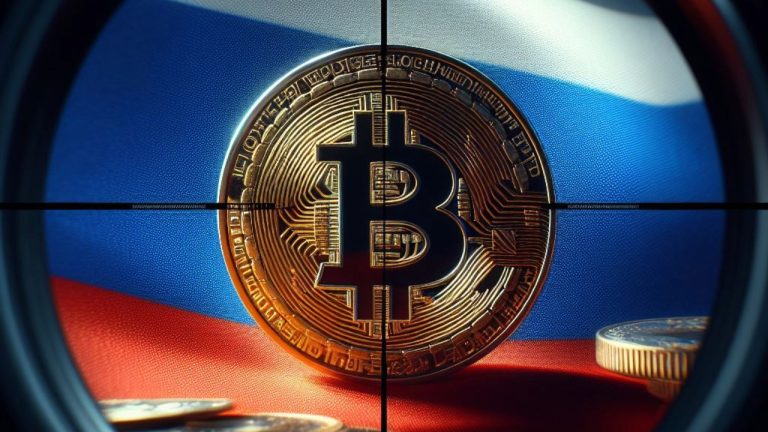


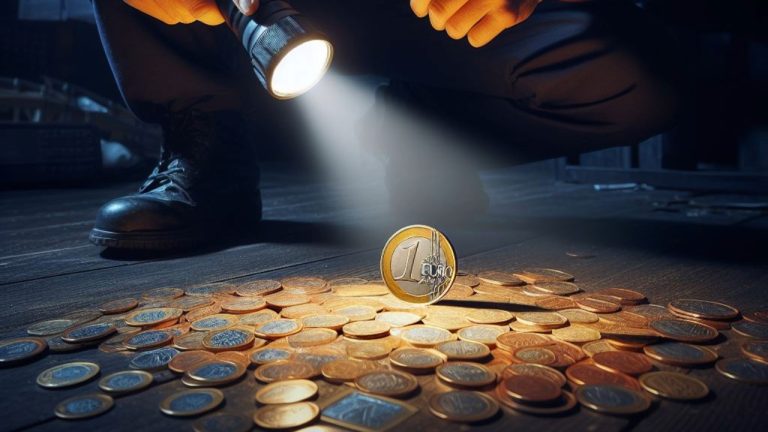




Comments